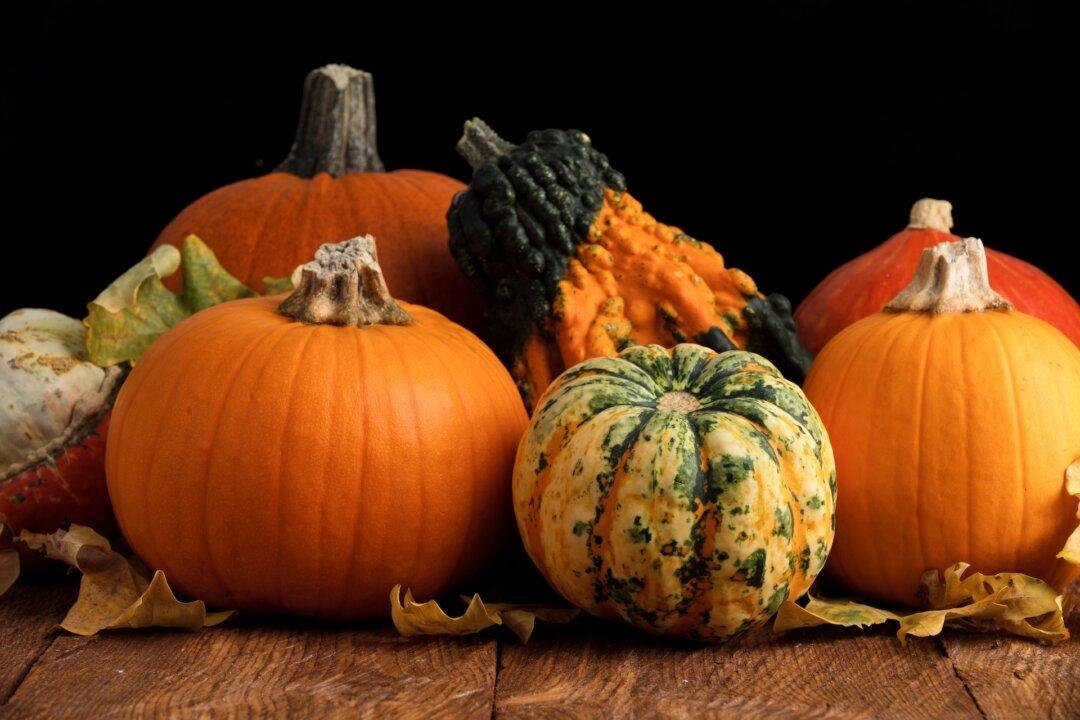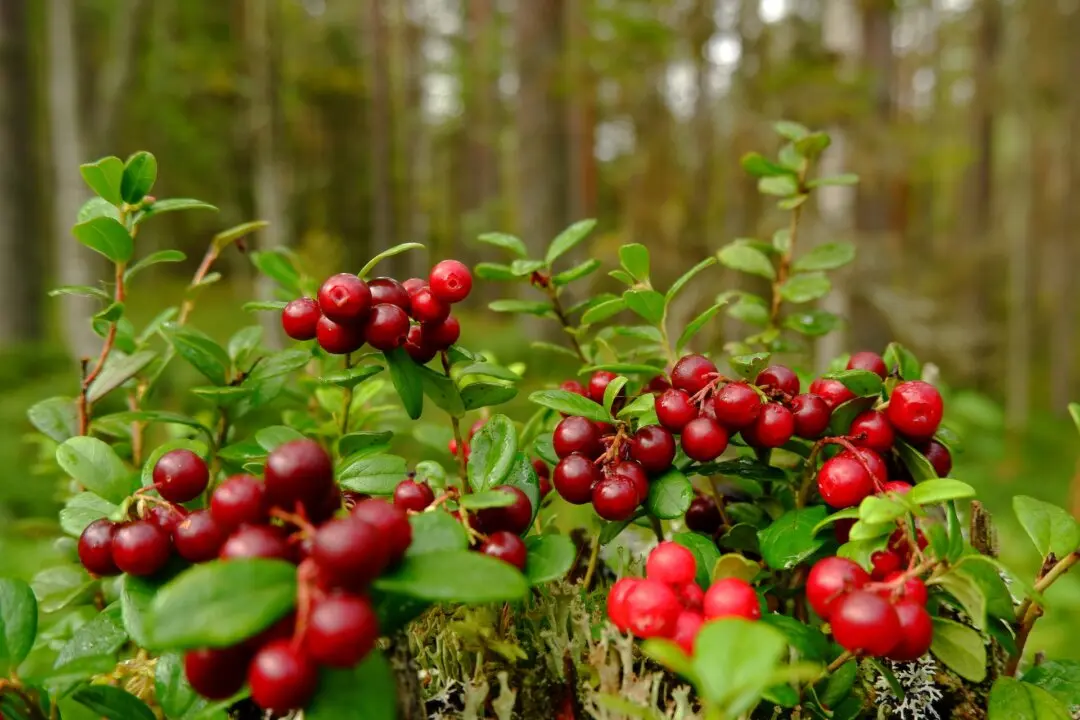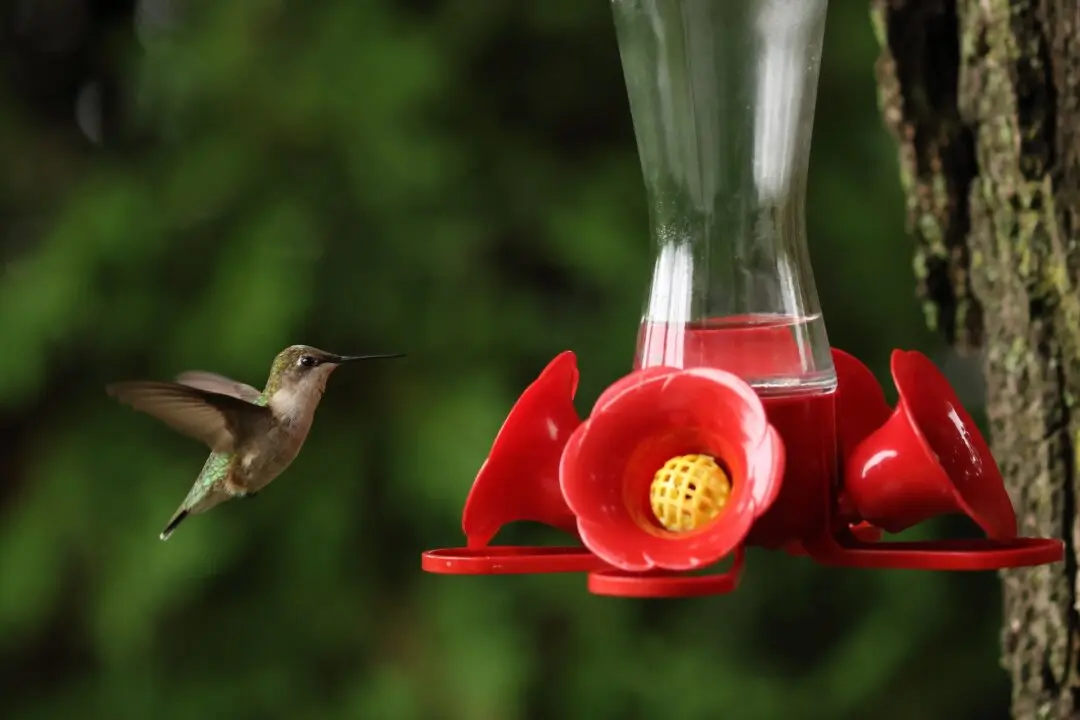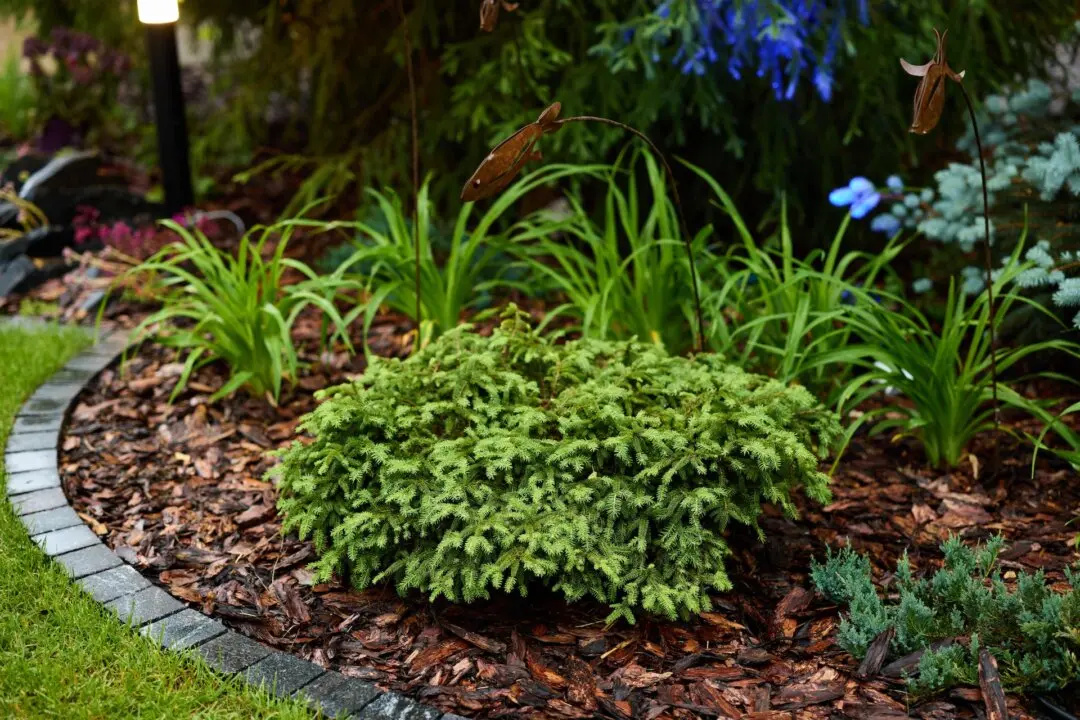Q: I have a neighbor who says she gets a better “pumpkin” pie by using butternut squash. My squash vines grew a lot of fruit this year, and I was planning on storing some for the winter. I have had trouble getting pumpkins to grow in my garden, but the squash almost always produce a lot. If she is right, I may stop trying to grow pumpkins and just grow more squash. What do you think?
A: Your neighbor is right. Butternut and acorn squash do make good “pumpkin” pies. All pumpkins and several squash varieties can be used in pies, but the best pie pumpkins are small, sweet pumpkins without the watery and stringy consistency of jack-o‘-lantern pumpkins. The typical commercially processed pumpkin found in canned pumpkin is a tan-colored squash shaped like a football, not at all like an orange jack-o’-lantern pumpkin. If you can’t find small pie pumpkins, you can use butternut and buttercup squash as an equal substitute for pumpkin in the recipe. Squash will be found at the grocery store for a longer time than pumpkins.





